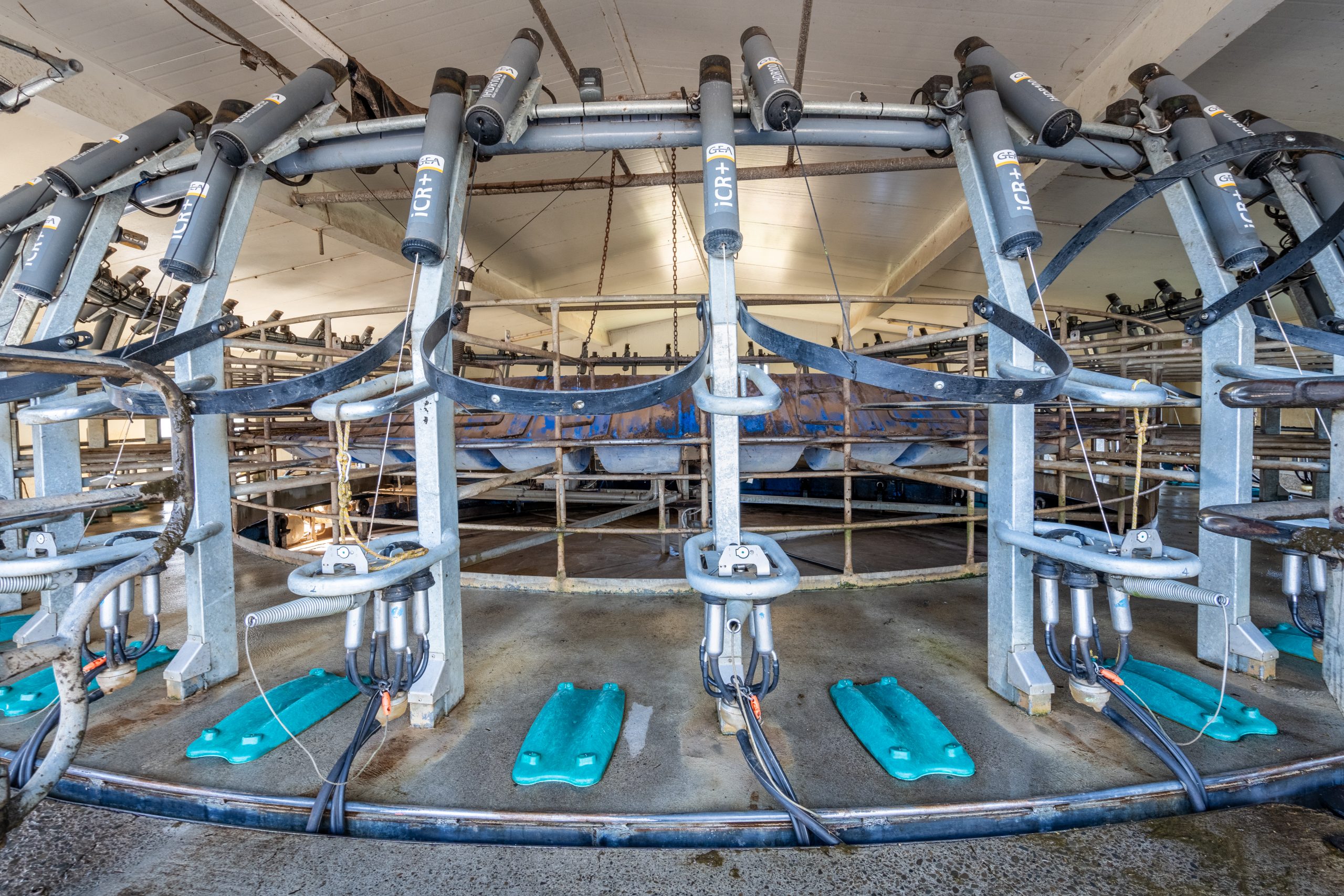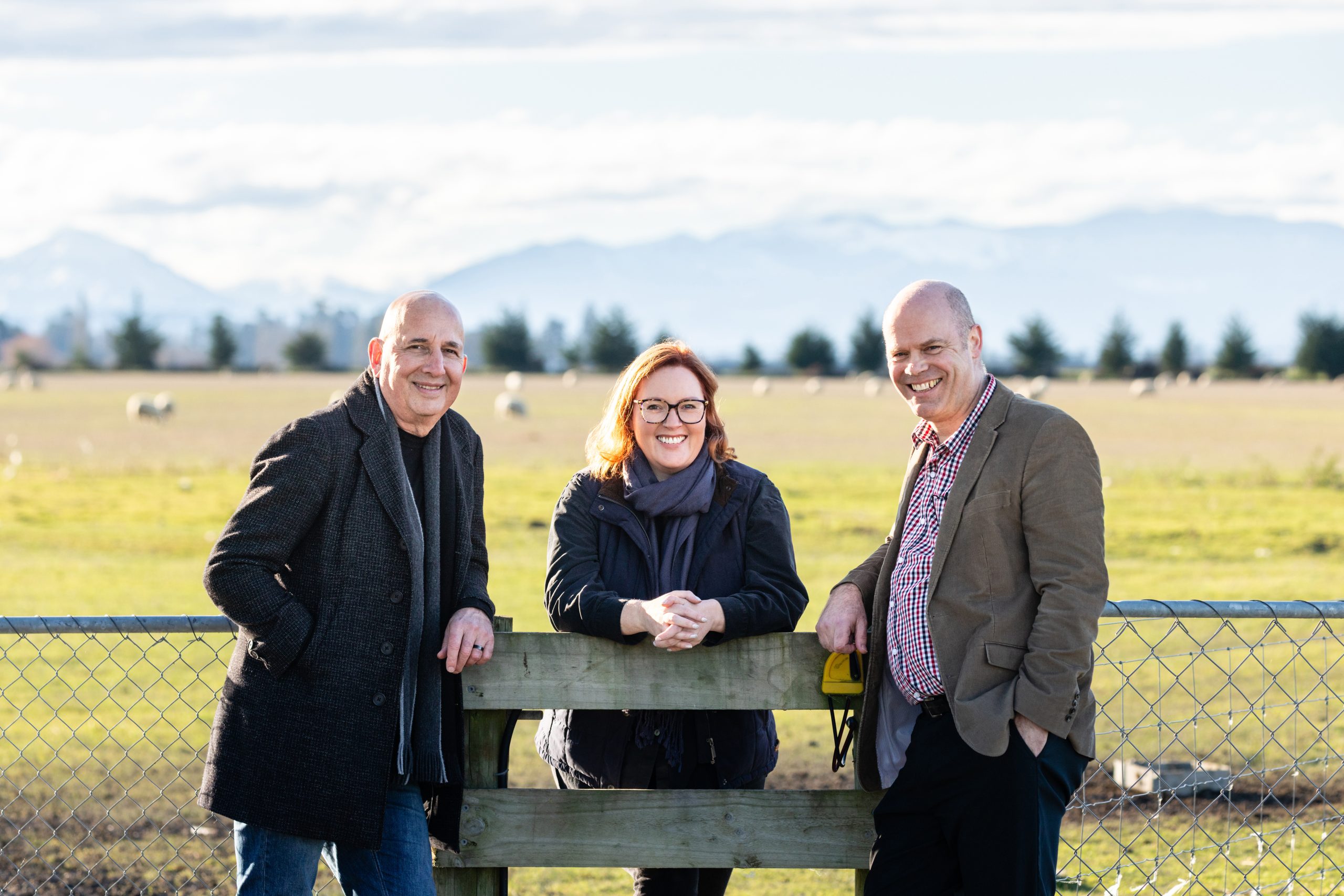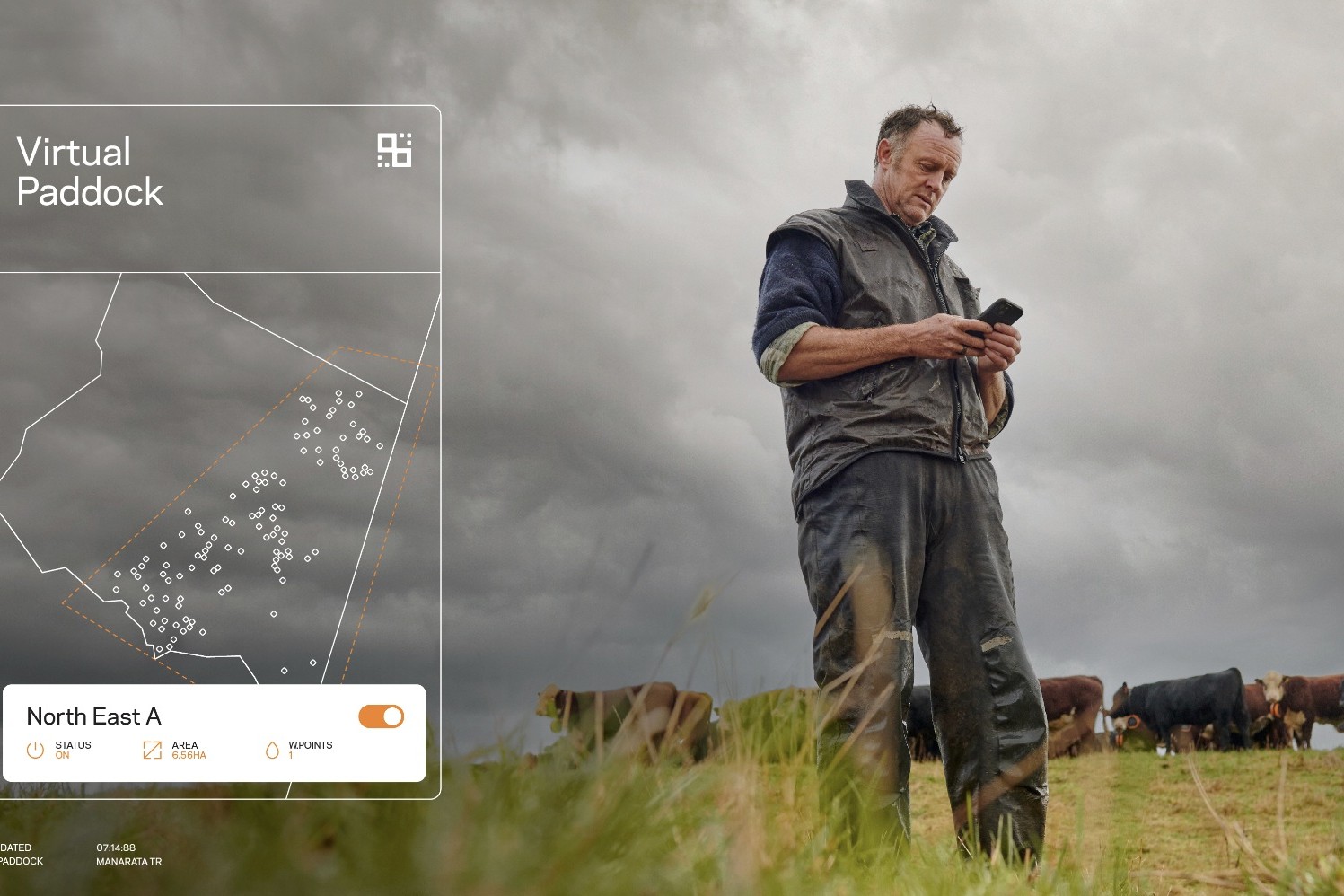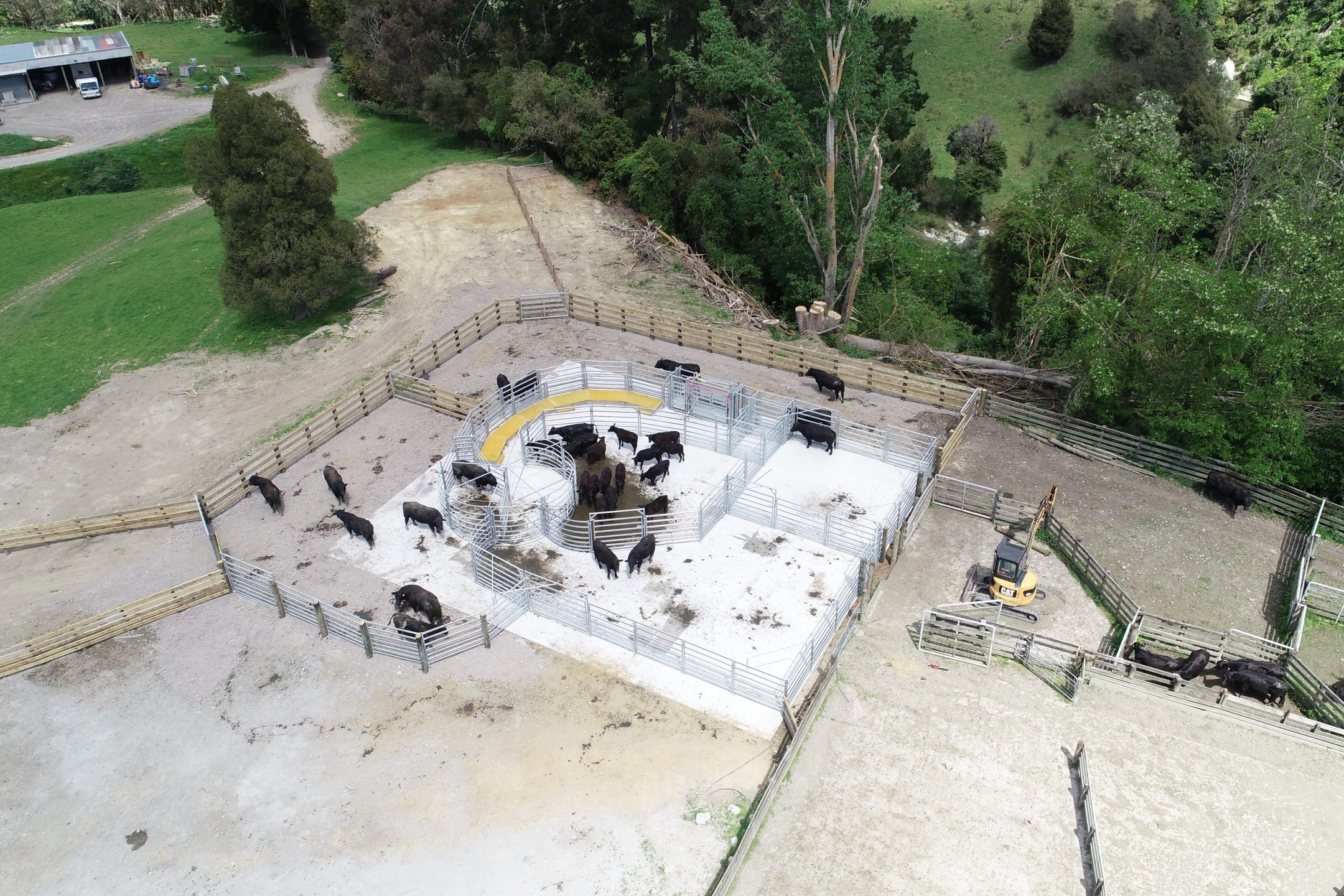Rotary Refit
Many ageing rotaries can benefit from a facelift at a fraction of the cost of installing a new farm dairy. Words Sheryl Haitana.


Capital investment in infrastructure doesn’t always mean building new, but making smart improvements that support future growth and herd wellbeing.
Rotary sheds built in the ‘white gold’ era between the 1990s and 2010s can be refitted as a cost-effective and smart way to extend the life of the existing platform and improve performance, says Craig Lowry, Head of Sales & Service for GEA Farm Technologies New Zealand.
“Some of these older rotaries that were built in that period have probably milked more cows than originally intended and have been pushed pretty hard,” explains Craig. “What we are seeing is that critical infrastructure in terms of the undercarriage, rollers and pedestals, and the bail infrastructure on the top are showing the wear and tear of 25–30 years of heavy use.
“The unique expertise we can bring to farmers is how to upgrade their existing infrastructure.”
GEA can lift the platform and install a double-beam system underneath with nylon rollers, eliminating the old steel-on-steel wear and tear, while building new infrastructure on top to incorporate the latest technology into the design, Craig explains.
“We can refit a platform, give it a new ‘chassis and wheels’ underneath and new infrastructure on top, at a quarter of the price a new farm dairy on a green site would cost.
“We can cut everything off above the concrete platform and build new infrastructure, new bails, feed bins, and incorporate technology into the build.”
A farm dairy, built with integrated technology rather than adding it later, results in better efficiency, Craig says.
“Some of these older rotaries that were built in that period have probably milked more cows than originally intended and have been pushed pretty hard.” – Craig Lowry, Head of Sales, GEA Farm Technologies New Zealand
“It comes down to geometry; automatic cup removers and teat sprayers on platforms work better if they are positioned correctly.”
It’s a smart decision for farmers to upgrade their infrastructure rather than starting from scratch, and it’s important to look at it before the rotary runs down completely, he says.
“A platform that can’t turn can be a catastrophic failure that compromises your entire business. Symptoms of a tired rotary platform are a noisy platform, a platform that is hard to get rolling, shudders, or stops.”
A refit of the undercarriage takes about 10 days, while installing new bails and infrastructure on top of the platform can take 2–3 weeks.
“We work with farmers to plan out the process of the refit around their dates.”




